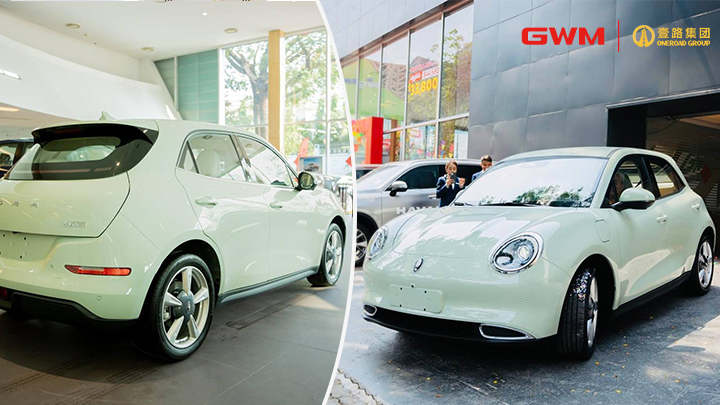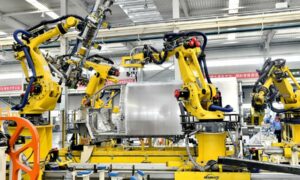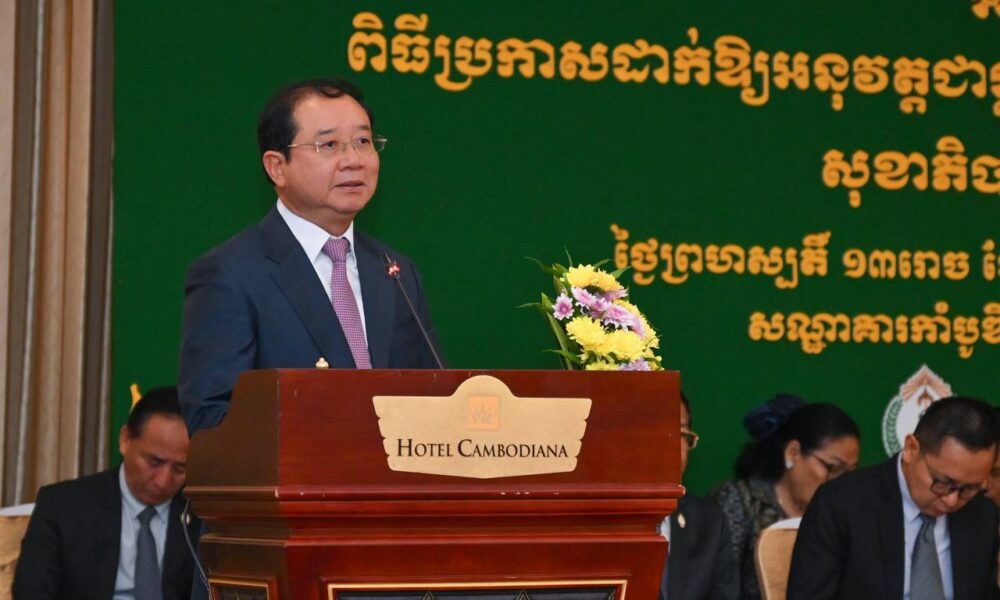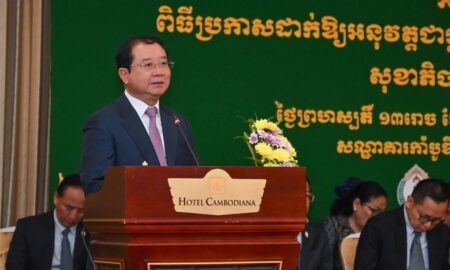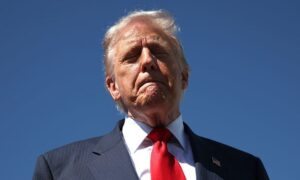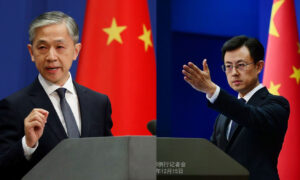The US has been accusing China of overcapacity in its new-energy vehicles industry, saying it is flooding the global market with cheap products and distorting market rules. However, data and expert analysis suggest the allegations are without merit and contradict the realities on the ground.
Let’s turn to the most common way of measuring overcapacity—and use a scale where 0 means all factories are laying idle and 100 denotes maximum production. China’s capacity usage rates across industry as a whole have picked up steadily in recent quarters, with the new-energy vehicle sector generally high. China’s biggest EV exporters—including BYD Co., Li Auto and SAIC Motor Corp.—are all above the 80 mark on the scale, which, according to estimates from JSC Automotive, is deemed normal.
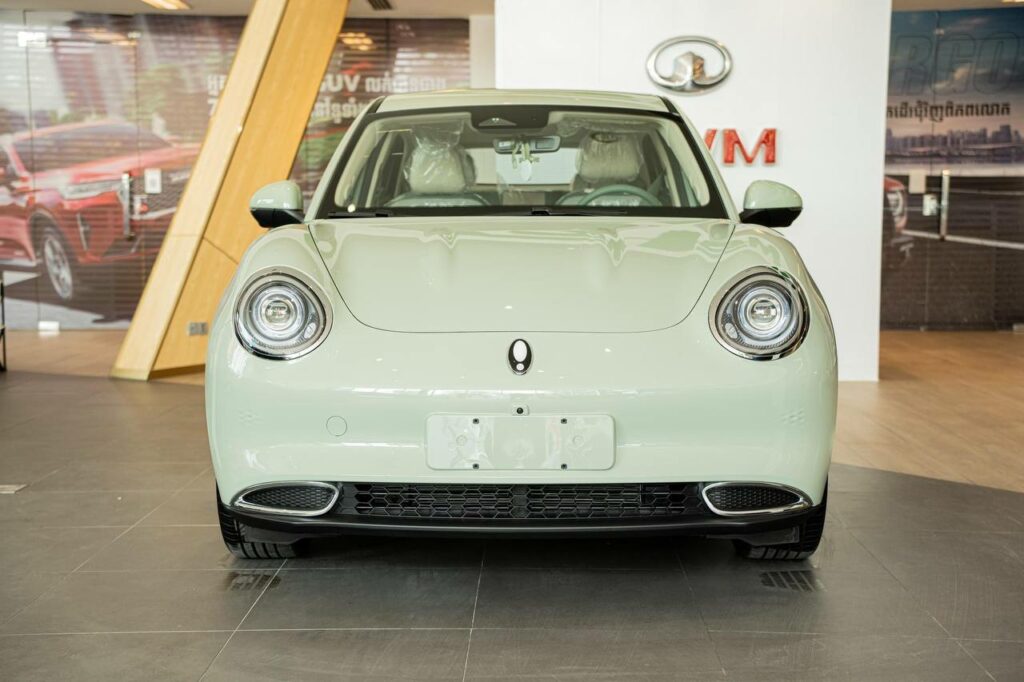
Overcapacity might result in high inventories, but that’s not the case for Chinese automakers. According to a Bloomberg analysis of listed companies, the inventories of Chinese auto makers are similar to the US. And China’s inventory alert index has been declining since last December, according to the China Automobile Dealers Association.
But here’s a question: even if overcapacity is occurring in China, is it significant enough to warrant external accusations of unfair practices?
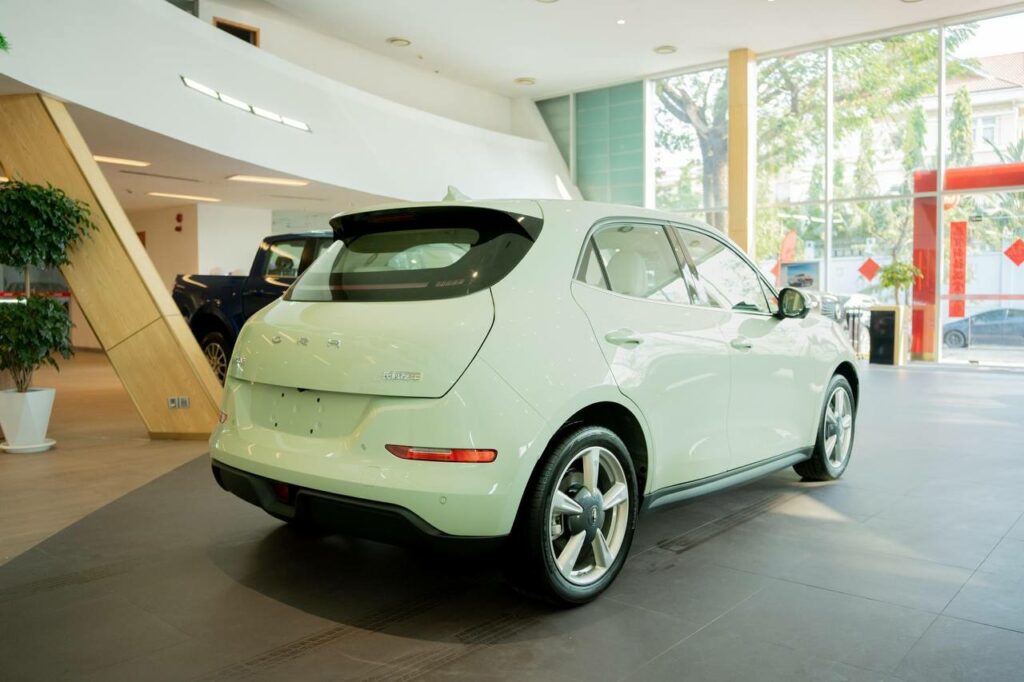
Michele Geraci, former Undersecretary of State at the Italian Ministry of Economic Development, believes it is not and that the idea of overcapacity, which literally means to produce more than domestic demand, has been around for centuries: “Many countries produce more than they can consume,” he said, “that’s why they export, and to some extent, world trade is based on that fact.”
Data suggests China only exports 15 percent of its overall vehicle production, which is favorable when compared with other countries, such as Germany, which exports over 75 percent of its car production annually, Japan about 50 percent, and South Korea almost 70 percent.
Yet, despite the allegations, China’s supply capacity in NEVs still cannot meet global demand. According to research firm, EVTank, global sales of NEVs reached 14.65 million units in 2023, while China produced 9.6 million NEVs.
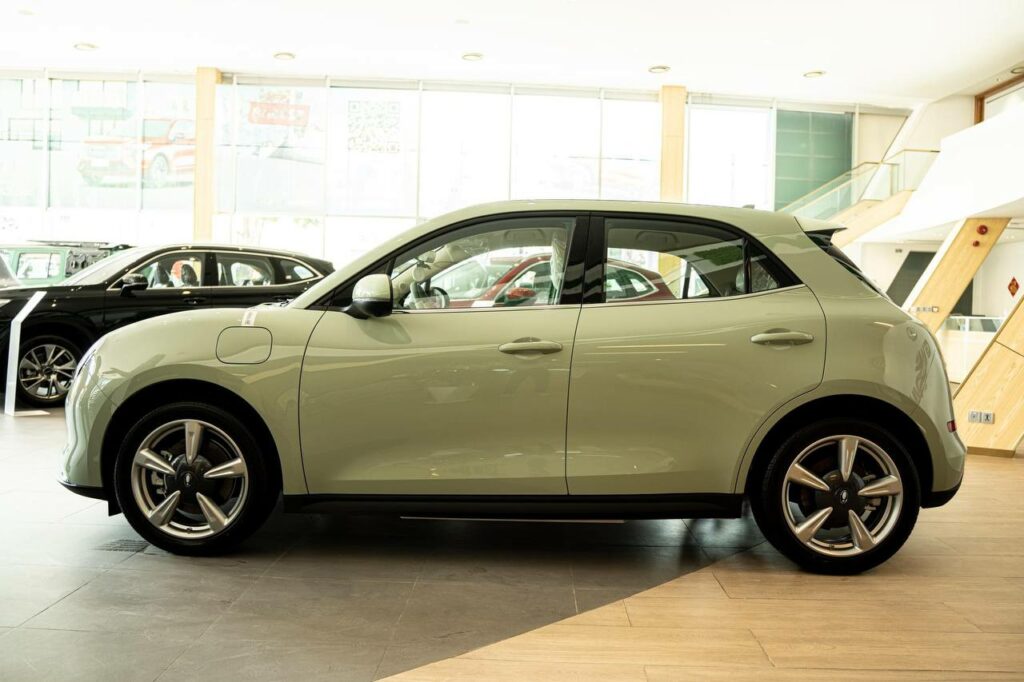
Geraci played down the US accusation, saying it is common for certain parties in the country to make controversial pronouncements at this stage of the four-year election cycle.
“Since we are a few months away from US election, it is expected that candidates raise their voices against China because they need to be perceived as those that protect the domestic industry from competition from foreigners,” he said.
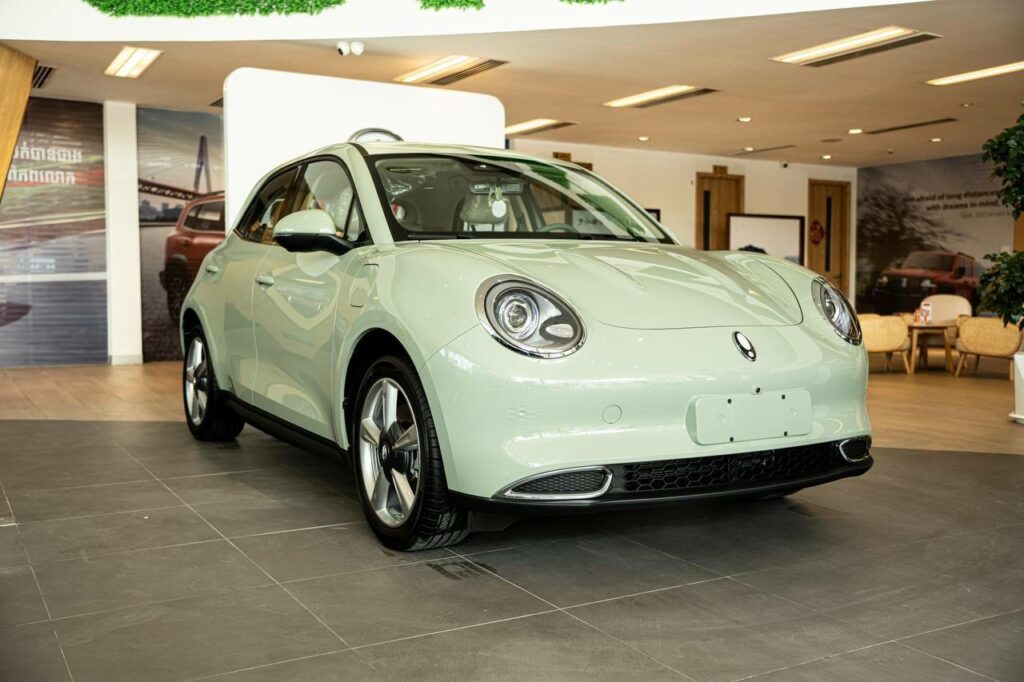
However, many in China are criticizing the accusations, and believe American interests would be better served by promoting a friendlier approach. Victor Gao, a chair professor at Soochow University, attributed the rapid development of China’s NEV industry to the country’s cost advantages and its effective integration of industrial chains. He said rather than trying to contain China’s progress in the EV revolution, the better approach would be one of full cooperation. He added that blocking Chinese EV cars from entering the American market would not help the U.S. make that important and strategic transition.
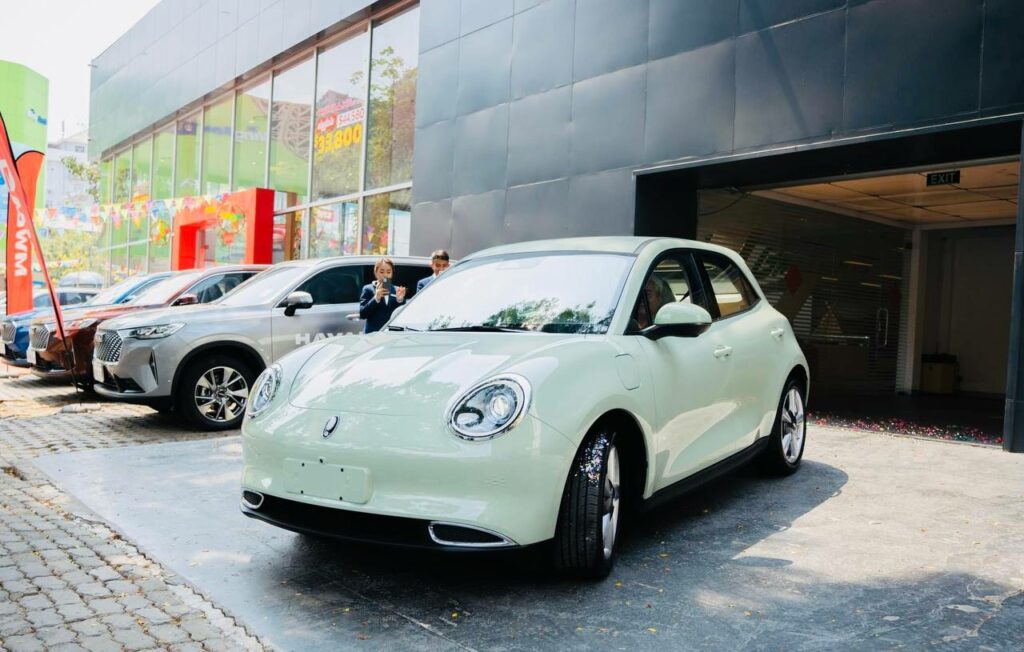
“If there is any competition in the EV industry,” Gao said, “the competition is not between China and the United States, or Japan, or Germany, but between the EV cars and a completely new EV ecosystem which represent the future with full integration of mobility, talents, cyberspace and AI, and the fuel cars which are a hang-over of the past automobile industry and a main contributor to carbon emissions.”
By Zheng Chunying


Warning: Attempt to read property "term_id" on false in /var/www/dap-news.com/htdocs/wp-content/themes/flex-mag/functions.php on line 999

